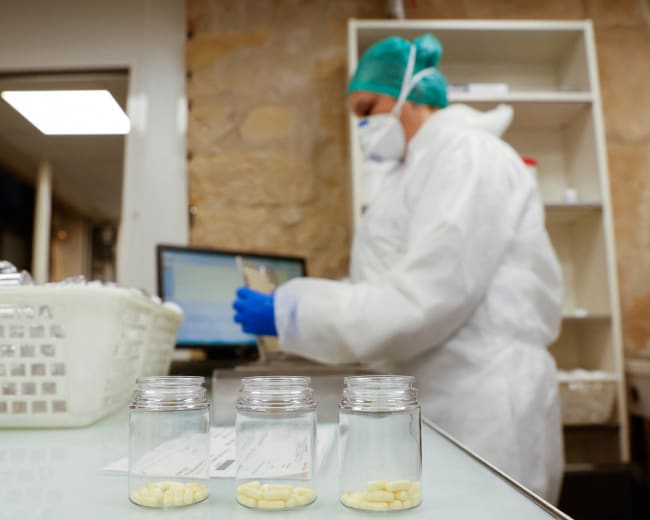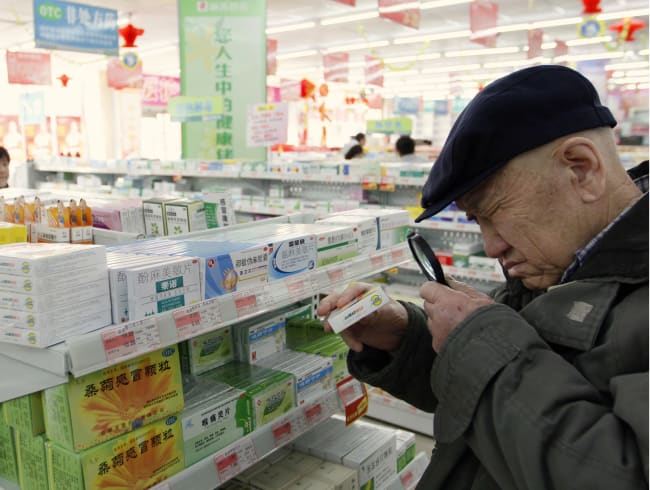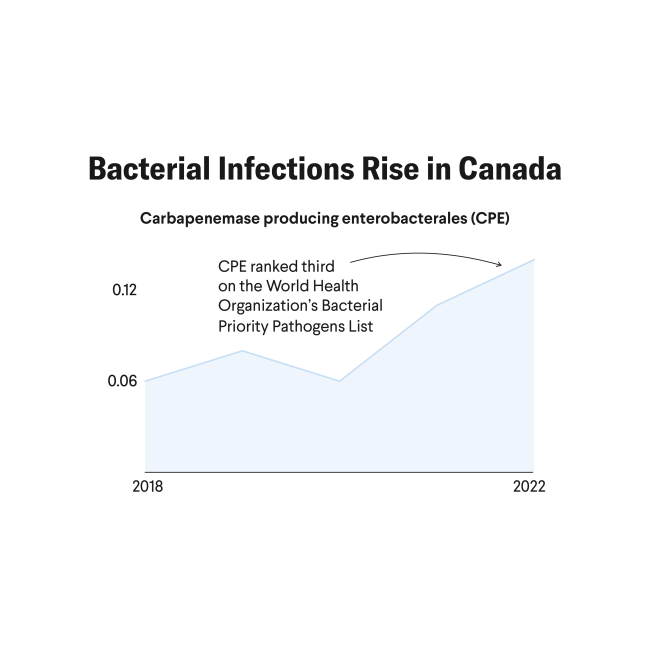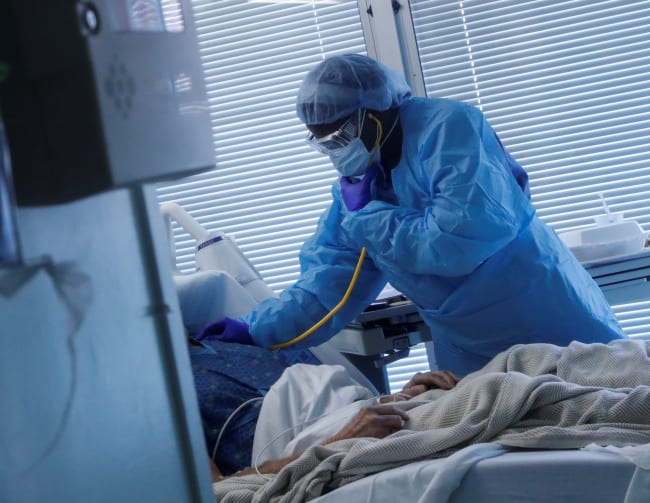Antimicrobial resistance (AMR) is a leading threat to global health—and it's on the rise. In 2019, bacterial AMR was associated with 4.95 million deaths, the highest mortality rate in sub-Saharan Africa. Infants, children, and women before, during, and after pregnancy bear a disproportionate burden of drug-resistant infections.
The Political Declaration on Antimicrobial Resistance (AMR) [PDF] recently agreed upon at the UN High-Level Meeting on AMR in September acknowledges this reality and emphasizes "the need to significantly reduce global levels of maternal, perinatal, neonatal, infant and child mortality and morbidity." If this is to be achieved, then accelerating access to and appropriate use of effective antimicrobials must be a critical focus.
Three methods can fight AMR: developing and implementing better diagnostics to properly identify infections and determine the appropriate course of treatment, including for drug-resistant forms; ensuring responsible use of existing and new antibiotics to curb the overuse that is fueling antimicrobial resistance; and developing and using the right drugs to address resistant forms of disease.
Of these three approaches, Unitaid is at the forefront of accelerating access to new diagnostics and treatments for drug-resistant pathogens—particularly child-friendly formulations. During this year's AMR awareness week, we call for bold actions that center the needs of women and children in the fight against AMR.
Women and Children Face Greater Risks From AMR
One in five deaths from AMR in 2019 involved a child younger than 5 years old. Children and newborns, especially those in low-resource settings, are more susceptible to diseases given their less developed immune systems. In low- or middle-income countries (LMICs), progress toward reducing child mortality is threatened by resistance to treatments, including antiretrovirals, antimalarials, and antituberculosis drugs.
The WHO estimates that pregnancy-related infections are responsible for 10.7% of maternal deaths
Women also face increased vulnerability to microbes, including those that are resistant, due to both biological and gender-based factors. Childbirth exposes women to the risk of infection. The World Health Organization (WHO) estimates that pregnancy-related infections are responsible for 10.7% of maternal deaths and that infection is at the root of more than 50% of maternal deaths in hospitals.
Undetected or poorly managed infections can lead to maternal sepsis, a leading cause of maternal mortality. Gonorrhea is a sexually transmitted infection that is increasingly drug resistant. In pregnant women, untreated gonorrhea contributes to preterm birth and increase the chances of acquiring and transmitting HIV. In addition, gender inequality can limit access to health care and delay diagnosis and treatment for women. For example, inequitable gender norms can mean that women have less access to finances, lower literacy rates, and a lack of decision-making autonomy.
Access to Critical AMR Tools for Women and Children Cannot Be an Afterthought
Unitaid and partners have worked to address inequities in access to lifesaving health tools for HIV, tuberculosis (TB), and malaria for almost two decades. These tailored market shaping approaches hold immense potential for driving progress in women's and children's health and fighting AMR.
The needs of children and pregnant women require prioritization in drug development
Ensuring appropriate use and access to effective antimicrobials for pregnant women, infants, and children begins with prioritizing these populations during antibiotic drug development, but currently they are systematically excluded. For starters, fewer than half of the 14 products in clinical development have pediatric study plans, and most of those exclude children under 5. In addition, the pipeline for oral antibacterials, which are easier to administer to children, has shrunk between 2017 and 2023.
Pregnant women are regularly excluded from clinical trials given the risk of potential harms to the women or the fetus. Even among existing antibiotics, evidence on their safe use during pregnancy is inadequate, limiting their availability for treatment.
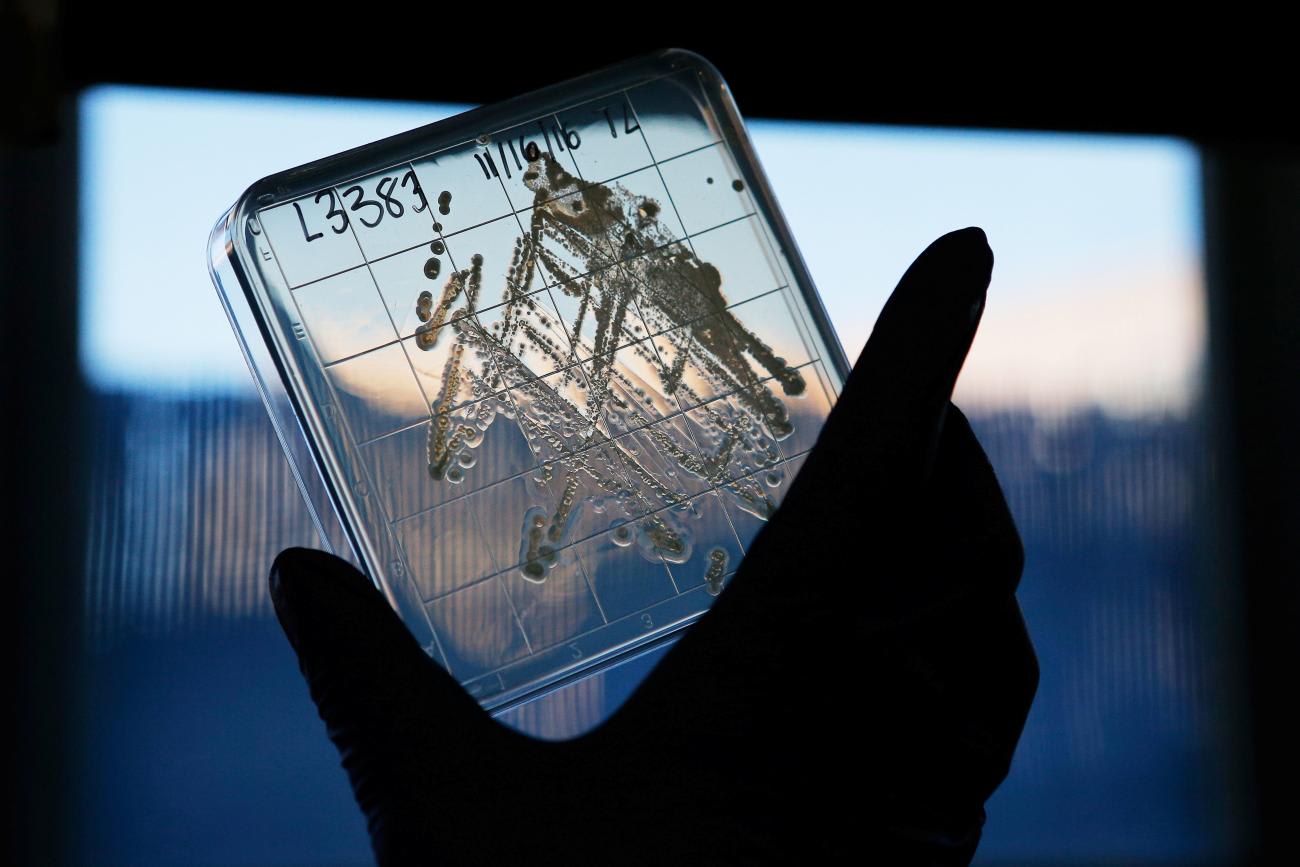
New incentive models are required to overcome market challenges
Many market challenges limit the availability and supply of antimicrobials, which worsens the situation for women and children. Some geographic markets are more fragile than others. They may have too few suppliers, or face high prices for new drugs, or suffer from low local demand, having limited domestic budgets and unclear deployment strategies.
Furthermore, given the widespread availability of cheap generic compounds, the antibiotic market offers limited profitability, which discourages manufacturers from investing. The high costs of meeting regulatory requirements for antibiotics also disincentivize investments.
New approaches are needed to entice innovators, developers, and manufacturers to invest in products to combat the AMR crisis—ones that create incentive models to bring stakeholders together. One example is SECURE, a collaborative effort spearheaded by the WHO and the Global Antibiotic Research & Development Partnership that aims to expand access to essential antibiotics for treating drug-resistant bacterial infections.
AMR can learn from market shaping efforts in HIV, TB, and malaria
Markets for antibiotics share important features with markets for TB and malaria tools. Unitaid and partners have demonstrated that tailored interventions on both the supply and the demand side can catalyze access to new and existing products. Strategies should not only support product introduction and supply but also work with countries and affected communities to drive awareness and demand, which are essential for creating stable markets.
A strong foundation for coordination and alignment among a broad range of stakeholders at all levels is needed to achieve stability for AMR markets
AMR markets cannot achieve stability on their own. A strong foundation for coordination and alignment among a broad range of stakeholders at all levels is needed. Some of Unitaid's most successful projects, such as better medicines for childhood TB and malaria prevention, have accomplished this goal.
Supply bottlenecks such as procurement delays, inaccurate demand forecasting, poor product quality, and incorrect use of antimicrobials by providers can undermine the health system's ability to tackle AMR. Antibiotics are lifesavers for women and children. Addressing these challenges is vital, especially in LMICs where quality antibiotics are often unavailable.
Many essential medicines, such as amoxicillin, ampicillin, and gentamicin, are classified by WHO as "access" antibiotics because of their broad effectiveness and lower resistance potential. Expanding access to these drugs through pooled procurement, where countries and partners coordinate to make bulk purchases at a discounted rate, and investments in regional manufacturing should be a priority.
Diagnostics are essential in the AMR response
For new and existing antibiotics, better diagnostic tools hold strong potential to improve the appropriate administration of treatment. For example, to combat the rise of drug-resistant gonorrhea and overprescription of antibiotics, new point-of-care tests could be introduced to support the transition away from syndromic management—a less accurate method of offering treatment based on symptoms alone.
For example, opportunities to integrate gonorrhea testing for women within antenatal care programs or HIV service delivery exist. The pipeline for gonorrhea diagnostics is robust, and many tests are in late-stage development. One downside is that most manufacturers are targeting these products for high-income country markets.
Unitaid recently published its "Gonorrhea Point-of-Care Diagnostics Technology and Market: Landscape Report" [PDF] that highlights the gaps and opportunities facing product introduction in LMICs. In addition, opportunities are available to use these diagnostics alongside the new oral antibiotic, zoliflodacin—which demonstrated positive results in a phase 3 trial for treatment against uncomplicated gonorrhea.

Advancing diagnostics to support AMR objectives will require market interventions to de-risk investments, incentivize industry participation in LMIC markets, and ensure affordability for these markets. For example, the current gonorrhea treatment is inexpensive ($1.66) relative to the cost of near-to-market gonorrhea tests. Strategies such as advanced market commitments, dual pricing models, and volume guarantees should all be explored to address these challenges.
The Way Forward
Country priorities and national AMR actions plans should drive and guide partner efforts to address AMR and its impact on women's and children's health. Although the market shaping interventions and frameworks are known, success will require partners to work together in new ways. The WHO's work to guide countries to develop and implement antimicrobial stewardship programs is critical.
Manufacturers and product development partnerships look to resources such as the WHO bacterial priority pathogen lists to guide research and development. The WHO AWaRe antibiotic classification guidance is similarly vital to guiding country strategies to prevent and control AMR. Technical partners such as the UN Population Fund (UNFPA) and UN Children's Fund (UNICEF) have an important role to play in supporting countries to implement AMR mitigations to reduce infections and promote access to and optimal use of antimicrobials for women's and children's health. In addition, strengthened advocacy networks will help increase awareness and understanding of AMR and its associated health burden.
Opportunities to build on global procurement and financing mechanisms have emerged to support equitable access to antimicrobials. The Global Fund to Fight AIDS, Tuberculosis, and Malaria now supports procurement of some nonmalaria commodities, such as amoxicillin, for integrated management of childhood illness.
There must be a country driven effort to overcome the barriers that limit consistent access to quality-assured diagnostics and therapeutics
Procurement channels such as the UNICEF's supply catalogue could be better leveraged, as well as UNFPA's Supply Match Fund, a new financing mechanism that matches government contributions for quality-assured commodities, and could be expanded to include priority antibiotics. Other platforms such as the Stop TB Partnership's Global Drug Facility have also been proposed to facilitate pooled procurement.
UN partners that support maternal, newborn and child health—including the WHO, UNFPA, and UNICEF—can continue to improve coordination for the benefit of AMR. There must be a country driven effort to specifically overcome the barriers that limit consistent access to quality-assured diagnostics and therapeutics.
Global agencies can develop tools and mechanisms that make it easier for national and subnational procurement processes to function, avoiding gaps in supply that affect the provision of quality care. This effort should be matched by greater technical and political advocacy by providers and consumers to demand access to recommended interventions and medications.
As true of many critical services, a virtuous cycle can be achieved between supply and demand that ensures availability as well as supports the achievement of national and global goals for sustainable development.


